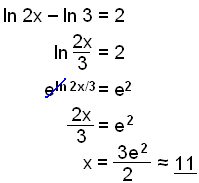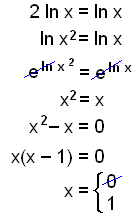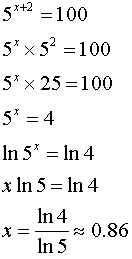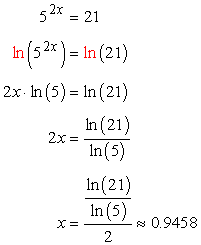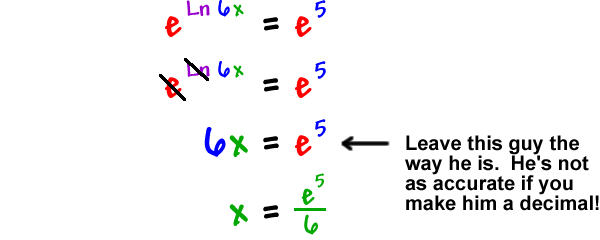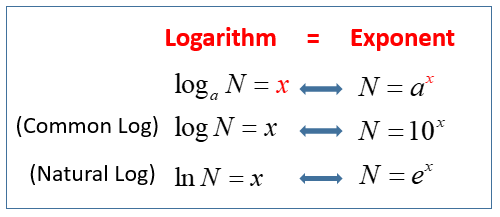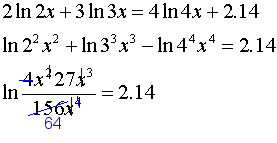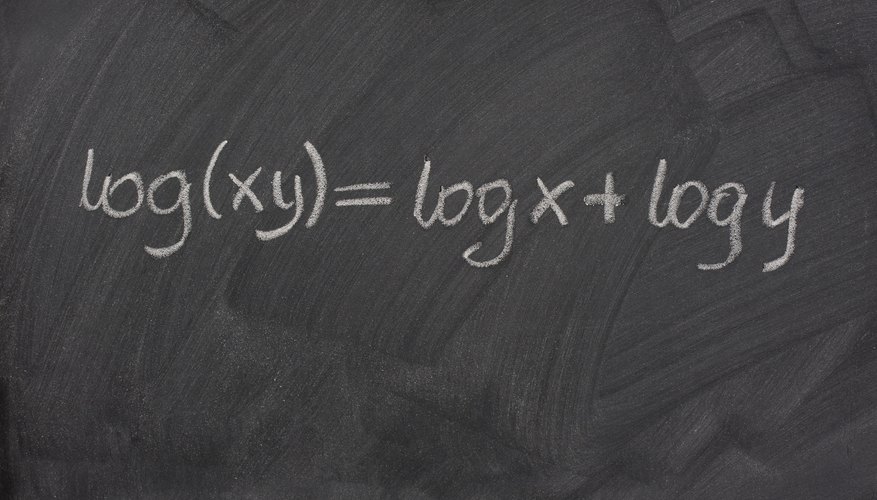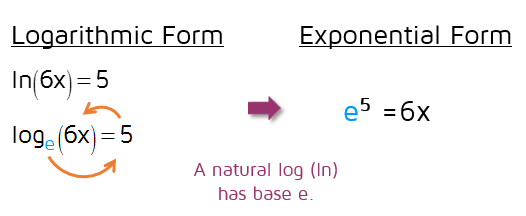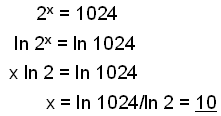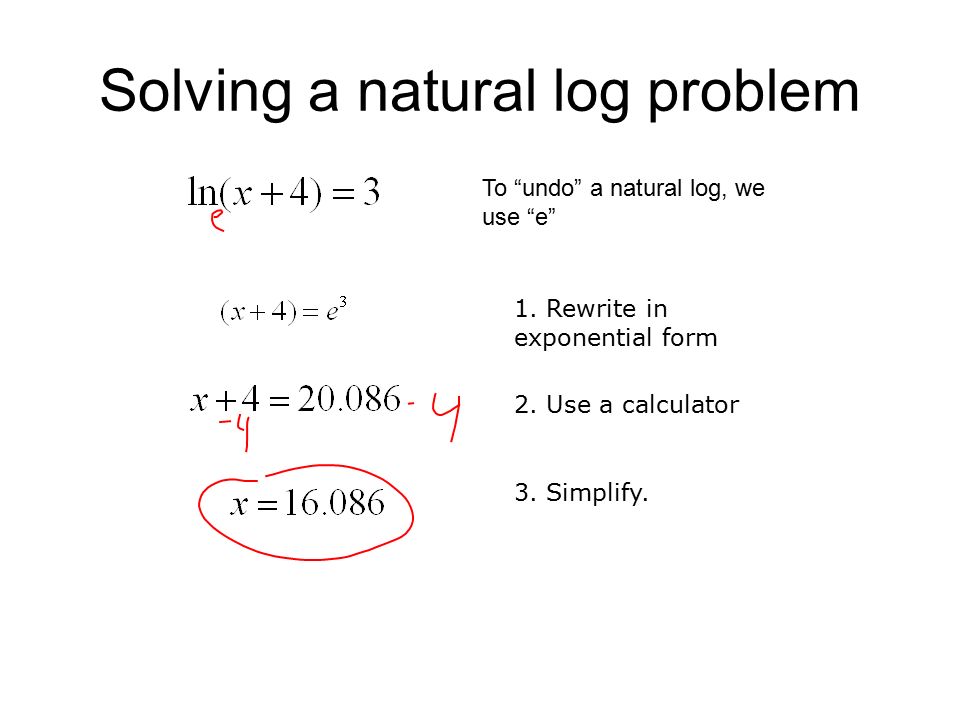Nice Info About How To Get Rid Of A Natural Log

After we have isolated the logarithm part of the equation, we then get rid of the logarithm.
How to get rid of a natural log. How do you get rid of natural log? To solve a natural logarithmic equation, we first isolate the logarithm part of the equation. This is the same as.
The functions f (x) = ln x and g (x) = e x cancel each other out when one function is used on the outcome of the other. In mathematics, the logarithm of any number is an exponent to which another number, called a base, must be raised to produce that number. Go to how to get rid of natural log in an equation website using the links below ;
According to log properties, the coefficient in front of the natural log can be rewritten as the exponent raised by the quantity inside the log. Ln (xy) = y * ln (x). Divde both sides by :
Please show step by step, especially how to remove or get rid of the ln (natural log). Taking the log (of both sides) allows you to get rid of exponents (by having them come “down” in accordance with the rules of logarithmic arithmetic):. All is not lost, however, knowing this principle:
The goal is to get rid of the space between the tick marks and the base of the bars without cutting off any of. You can convert the log values to normal values by raising 10 to the power the log values (you want to convert). I assume you mean, apply the same operation to both sides of the equation, in such a way that you get rid of the logarithm.
If there are any problems, here are. After we have isolated the logarithm part of the equation, we then get rid of the. For instance if you have 0.30103 as the log

